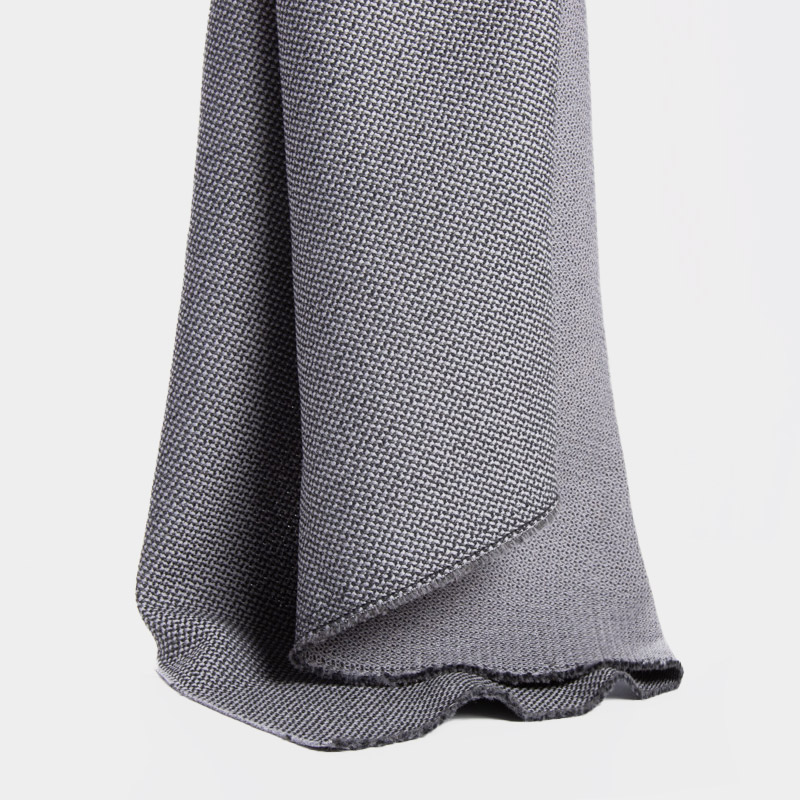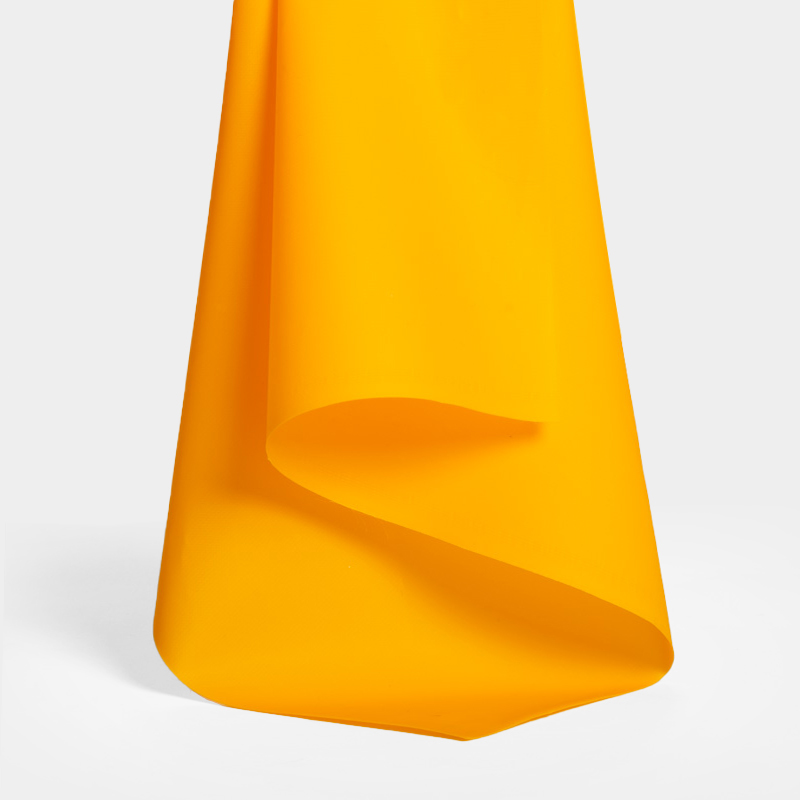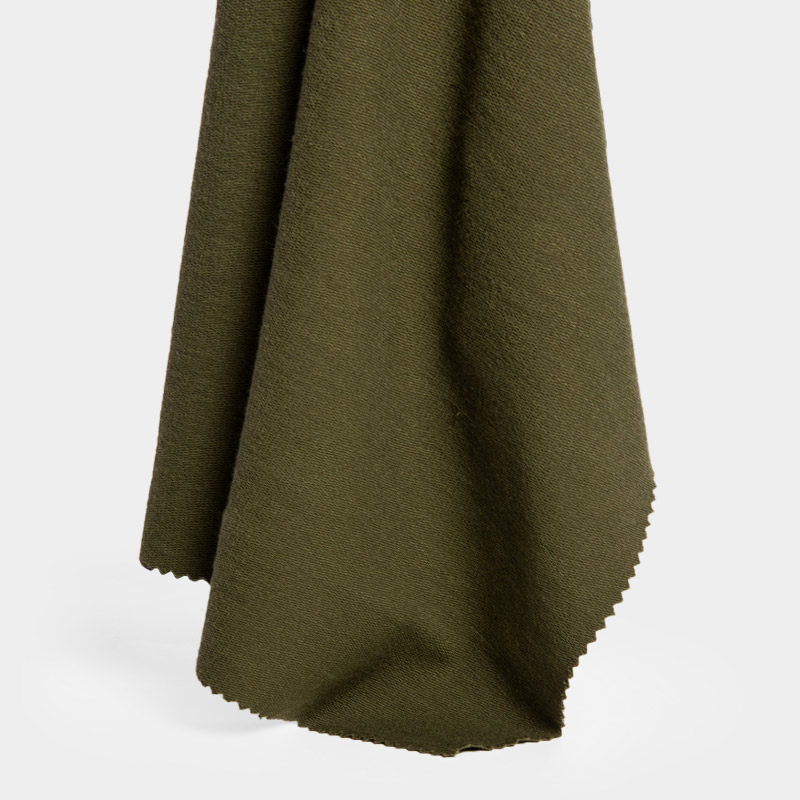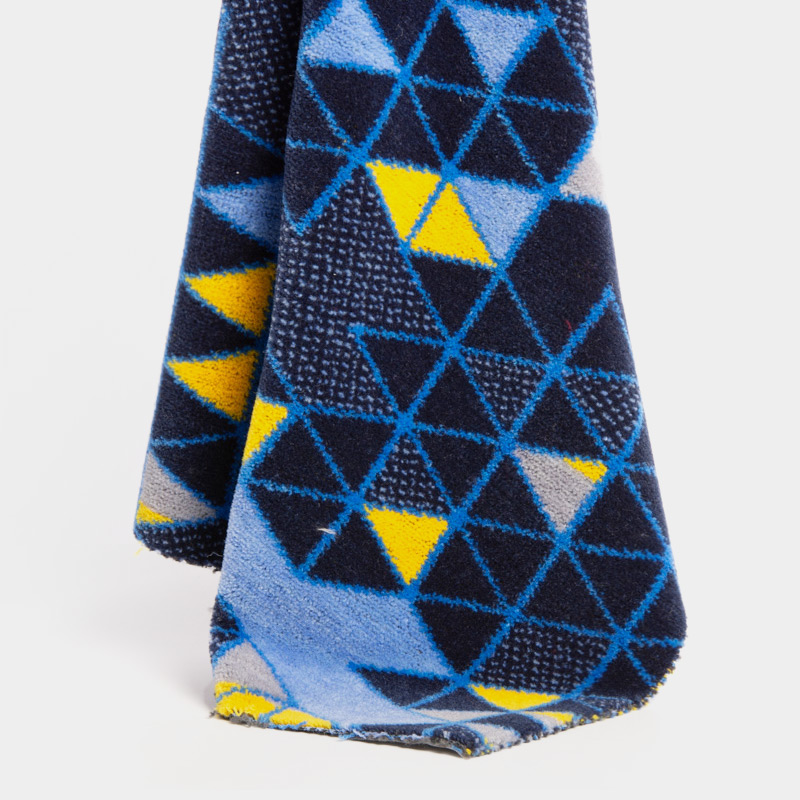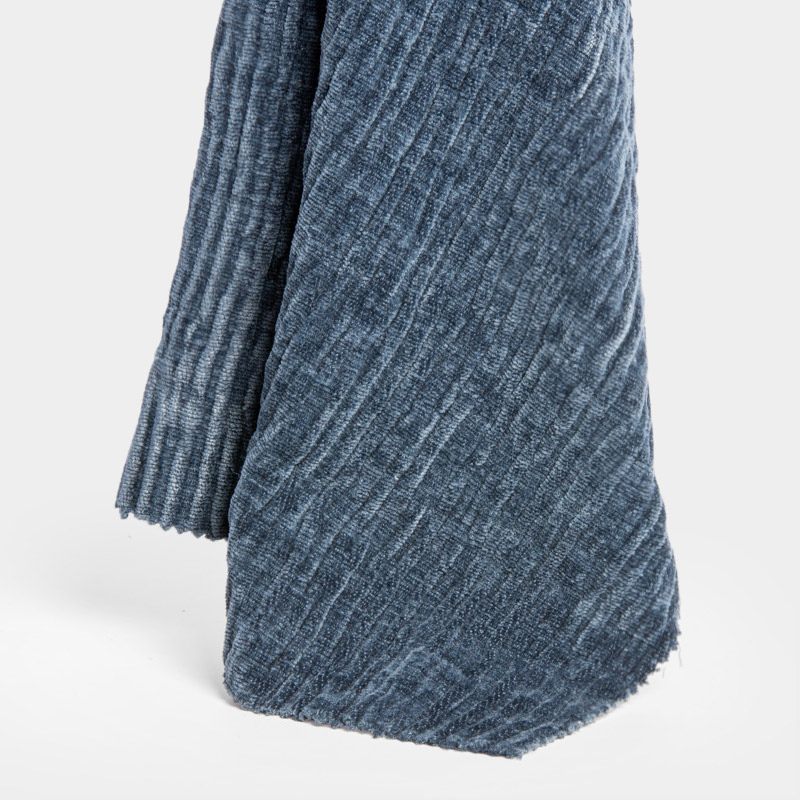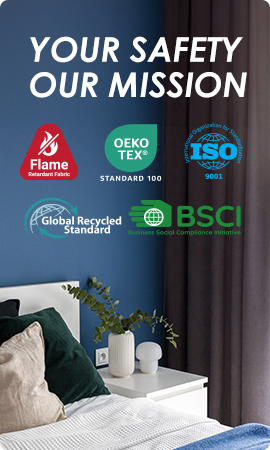Compilation of Global Textile Flame-Retardant Standards
By BEGOODTEXUpdated February 10, 2025
Introduction
Fire safety is a critical concern across various industries, from construction and transportation to textiles and home furnishings. Different countries and regions have established specific flame-retardant standards to ensure public safety and compliance with regulatory requirements. This document compiles key flame-retardant standards worldwide, providing a comprehensive reference for manufacturers, suppliers, and regulatory bodies.
United States
- NFPA 701: Fire testing standard for textiles and films, assessing burning characteristics when exposed to flame.
- ASTM F1506: Standard for flame-resistant protective clothing for electrical and welding workers, requiring self-extinguishing materials that do not melt or drip.
- NFPA 2112: Fire protection standard for industrial environments, especially in the oil and gas industry.
- CFR 1615/1616: Federal regulations for children’s sleepwear, specifying flame spread and burning characteristics.
- CA117: California flammability standard for furniture and padding materials.
- CA TITLE 19: California fire safety law regulating the fire performance of interior textiles and decorations.
- NFPA 130: Fire protection requirements for fixed rail transit systems and passenger rail systems, including cruise ships.
- FMVSS 302: Federal motor vehicle standard specifying burn resistance of interior materials.
- 16 CFR 1632: Flammability standard for mattresses and mattress pads to reduce fire hazards.
- ASTM F1955: Fire safety standard for camping tents.
- ASTM E119: Fire resistance test method for building structures and materials.
Canada
- CAN/ULC-S102: Fire testing method for building materials and home decorations.
- CAN/CGSB 4.2 No. 27.5: Flammability standard for bedding materials.
- CAN/ULC S109: Fire testing method for tents.
- CAN/CSA-S650: Fire safety requirements for railway vehicles, including cruise ships.
- CMVSS 302: Canada’s automotive interior flammability standard, similar to FMVSS 302.
- CAN/CGSB 155.20: Flame resistance standard for protective clothing for electricians and welders.
Germany
- DIN 4102-B1: Fire classification for building materials, with B1 indicating flame-resistant properties.
- DIN 54342: Fire resistance testing for textiles.
- DIN 5510-2: Fire protection standard for railway vehicles, including cruise ships.
- DIN 75200: Fire behavior evaluation of automotive interior materials.
- DIN EN 14878: Flammability standard for children’s sleepwear and bedding.
- DIN EN 5912: Fire safety requirements for camping tents.
Australia & New Zealand
- AS 4782.1: Fire resistance standard for marine structures and ships.
- AS 3837: Automotive interior material flammability standard.
- AS 1530.1: Fire testing standard for building materials, including home decorations.
- AS/NZS 4267: Fire safety standards for camping tents and sunshades.
- AS/NZS 4824: Flame-resistant clothing standard for firefighters and emergency responders.
United Kingdom
- BS 5852 CRIB 5: Fire resistance testing for furniture and padding materials.
- BS 5867 TYPE C: Flammability standard for curtains and interior textiles.
- BS 7175 SOURCE 7: Fire performance standard for bedding materials.
- BS 6853: Fire protection requirements for passenger trains and cruise ships.
- BS AU 169: Automotive interior material flammability standard.
- BS EN 14878: Fire safety standard for children’s sleepwear.
- BS 7837: Fire safety standard for tents and related structures.
Spain
- UNE 23727-1: Fire safety requirements for railway vehicles, including cruise ships.
- UNE 48101: Automotive interior material flammability standard.
- UNE 23727-2: Fire classification for building materials, including home decorations.
France
- NF-P92-503-M1: French fire standard for interior materials, with M1 indicating flame-resistant properties.
- NF F 16-101: Fire performance material selection for railway vehicles, including cruise ships.
- NF P 92-505: Fire reaction testing for vehicle interior materials.
- NF P 92-507: Fire reaction testing for building materials, including home decorations.
European Union
- EN 45545: Fire protection standard for rail transit vehicles, including cruise ships.
- EN 13501-1, EN 13773: Fire classification for building products, including home decorations.
- EN 13869: Flammability testing method for bedding materials.
- EN 5912: Fire safety requirements for camping tents.
- EN ISO 11612: Flame-resistant clothing standard for high-temperature work environments.
Japan
- JIS L 1091: Fire resistance testing for clothing textiles.
- JIS F 0002: Fire protection standard for ships, including cruise ships.
- JIS D 1201: Fire safety standard for automotive interior fabrics, equivalent to FMVSS 302.
- JIS A 1321: Fire performance testing method for building interior materials.
South Korea
- KS F 2808: Fire testing method for shipboard materials.
- KS M 1030: Flammability testing for automotive interior materials.
- KS F 2271: Fire performance testing method for building interior materials.
- KS K 4627: Fire safety requirements for tents.
Russia
- GOST R 52301-2004: General technical requirements for ship fire equipment.
- GOST R 53228-2008: Fire performance requirements for automotive interior materials.
- GOST 30244-94: Fire classification of building materials, including home decorations.
- GOST R 53764-2009: Fire safety requirements for bedding and tents.
International Maritime Organization (IMO) Standards
- IMO MSC 307 (88): Fire safety standard for maritime materials under SOLAS (Safety of Life at Sea) regulations.
- IMO FTPC Part 1: Non-combustibility test for materials.
- IMO FTPC Part 2: Smoke and toxicity testing.
- IMO FTPC Part 3: Classification of materials into A, B, and F categories.
- IMO FTPC Part 4-9: Fire safety evaluation of doors, surface materials, deck coverings, textile furnishings, upholstered furniture, and bedding components.

